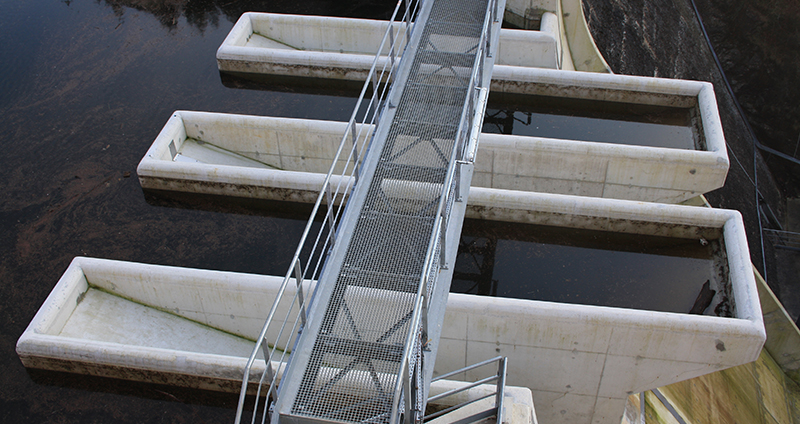To safely release floods is an issue that concerns all hydropower facilities in case of extreme flood events. It is therefore essential to explore improvements in spillway design and whereby to increase the discharge safety.
Both labyrinth and piano key weirs (PKW) are effective discharge options. At similar hydraulic conditions, they can, depending on water head, discharge 2‒5 times as much as a linear weir. In the study, their geometrical and hydraulic aspects that influence the discharge capacity are reviewed, the purpose is to propose geometrical modifications of PKW for laboratory study. The other issues that are discussed include air entrainment, behaviors of floating debris and ice and even sediment transport.
PKW is a developed version of labyrinth weir and is characterized by somewhat more complex geometry. The parameters that govern the discharge include a PKW unit’s length and width, inlet and outlet keys’ width, both overhangs’ length and weir height. The optimum choice of the parameters may vary depending whether it is a new weir to build or an extension on an existing dam. The tradeoff between hydraulic efficiency and structural complexity also plays a role in the context.
To improve approach flow conditions and extend crest length, the proposed modifications refer to streamline both ends of the inlet and outlet keys and to adapt the sloping bottoms of both keys to the rounded shapes. A parapet wall is added on the crest to enhance the flow efficiency. There is also a need to examine the behaviors of floating debris at the PKW.
Projektet har genomförts av Vattenfall R&D med James Yang som projektledare.
